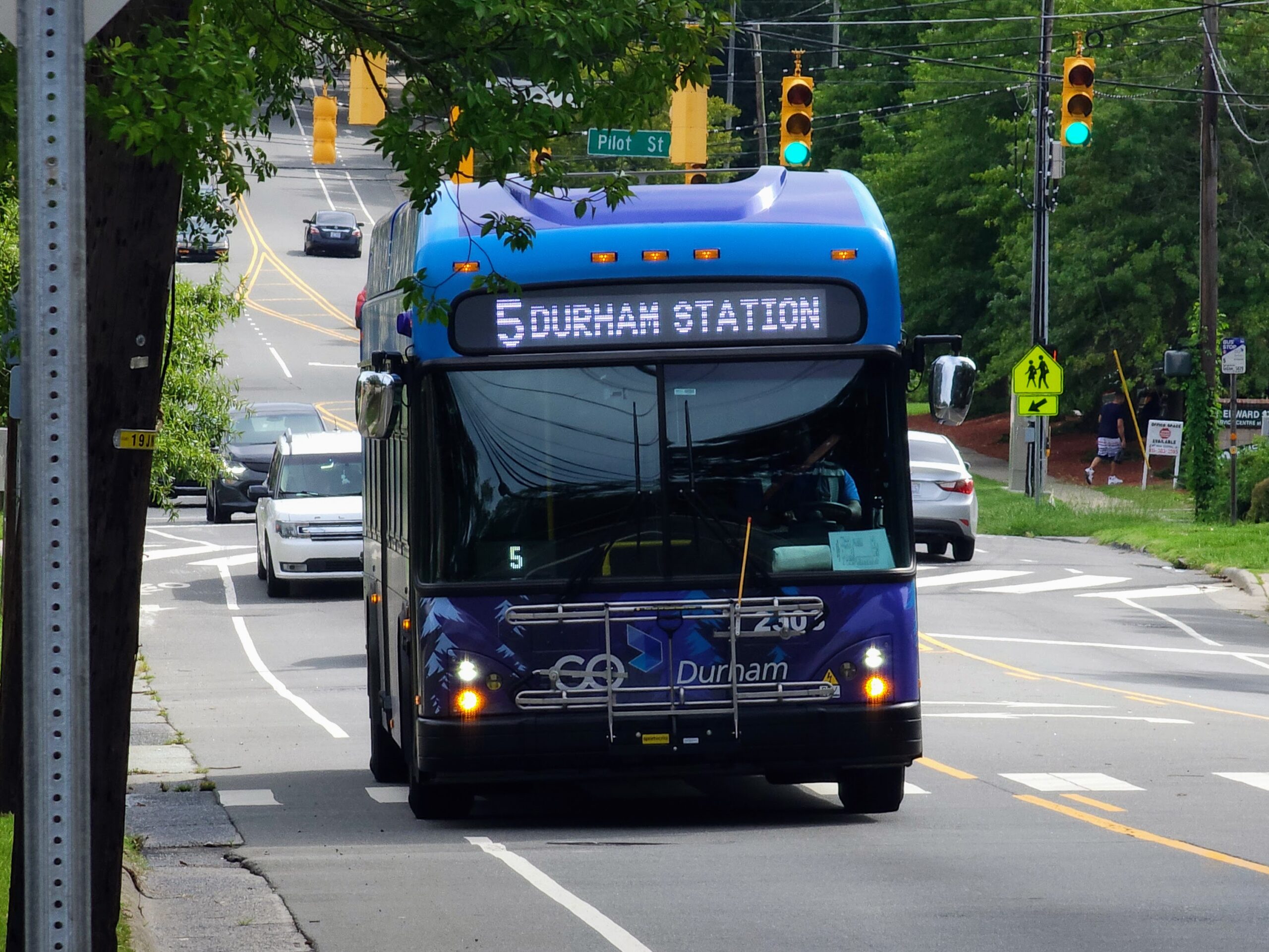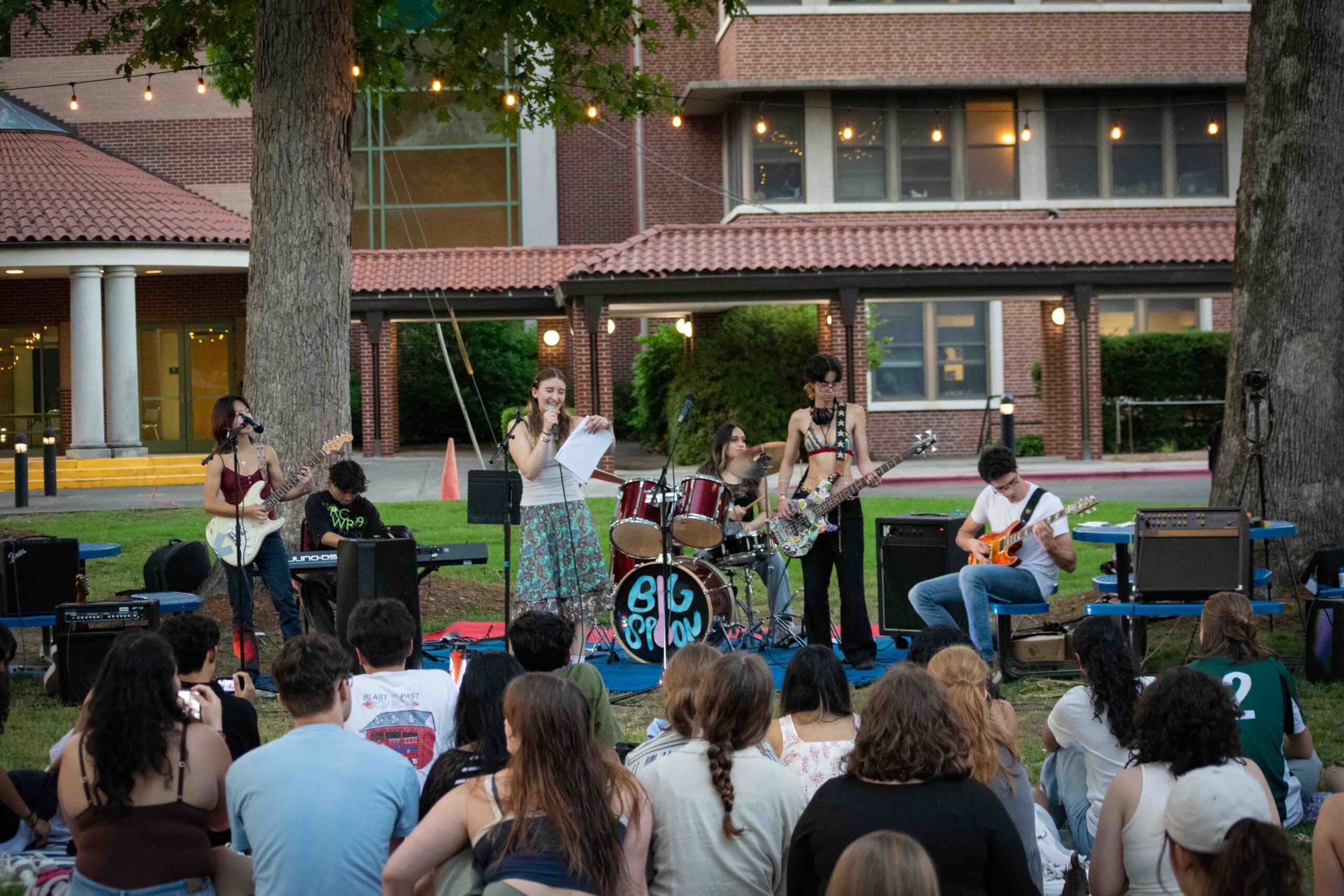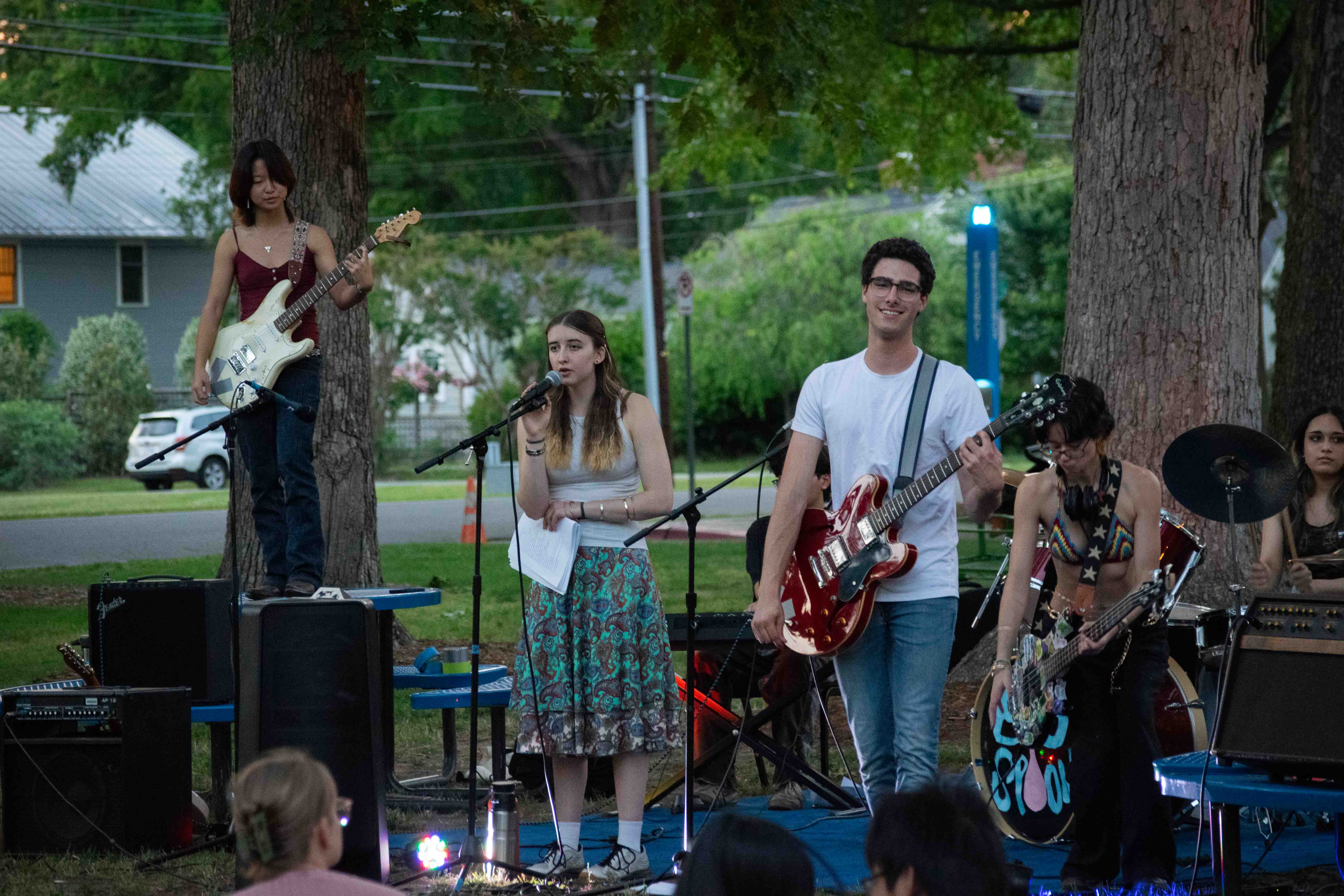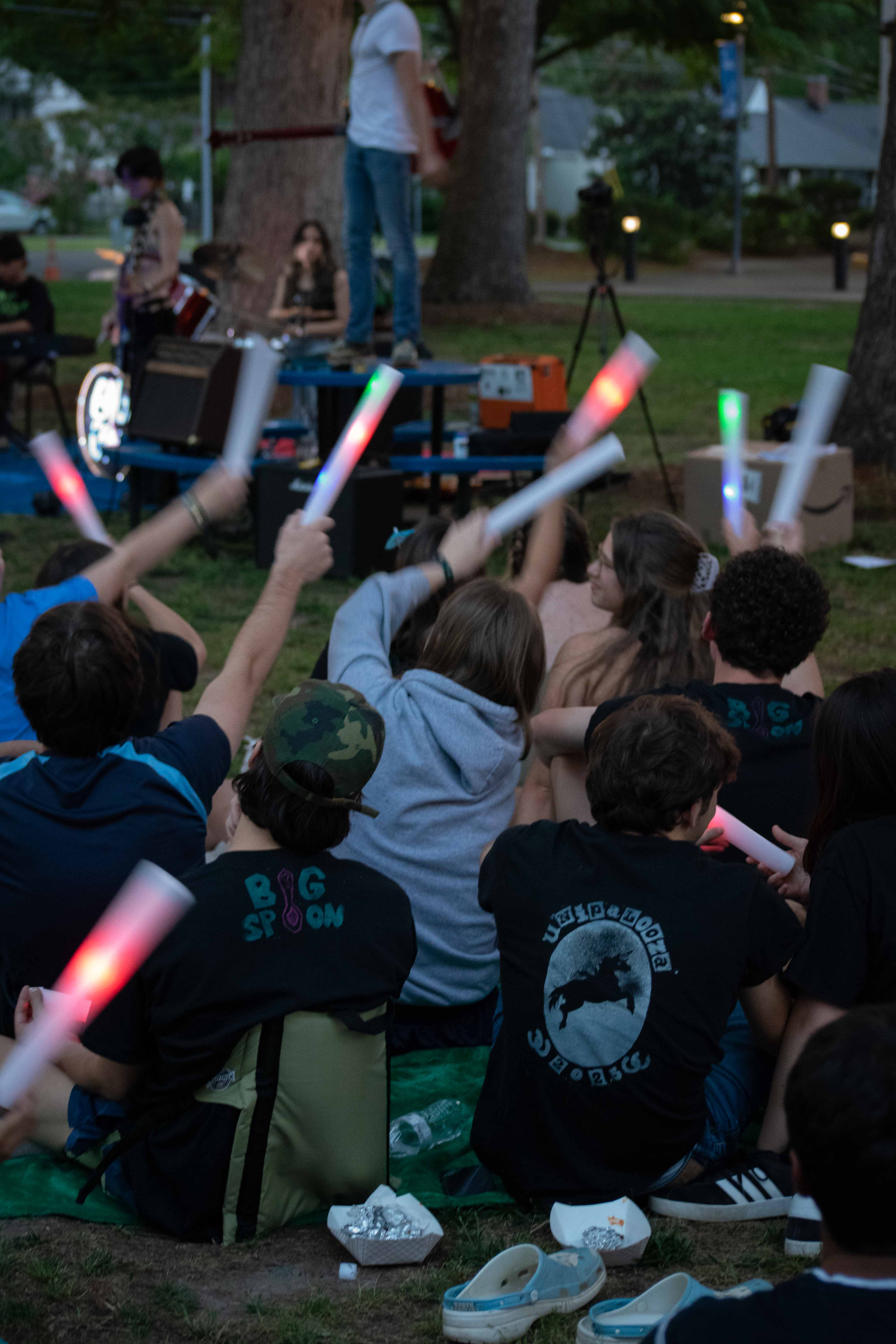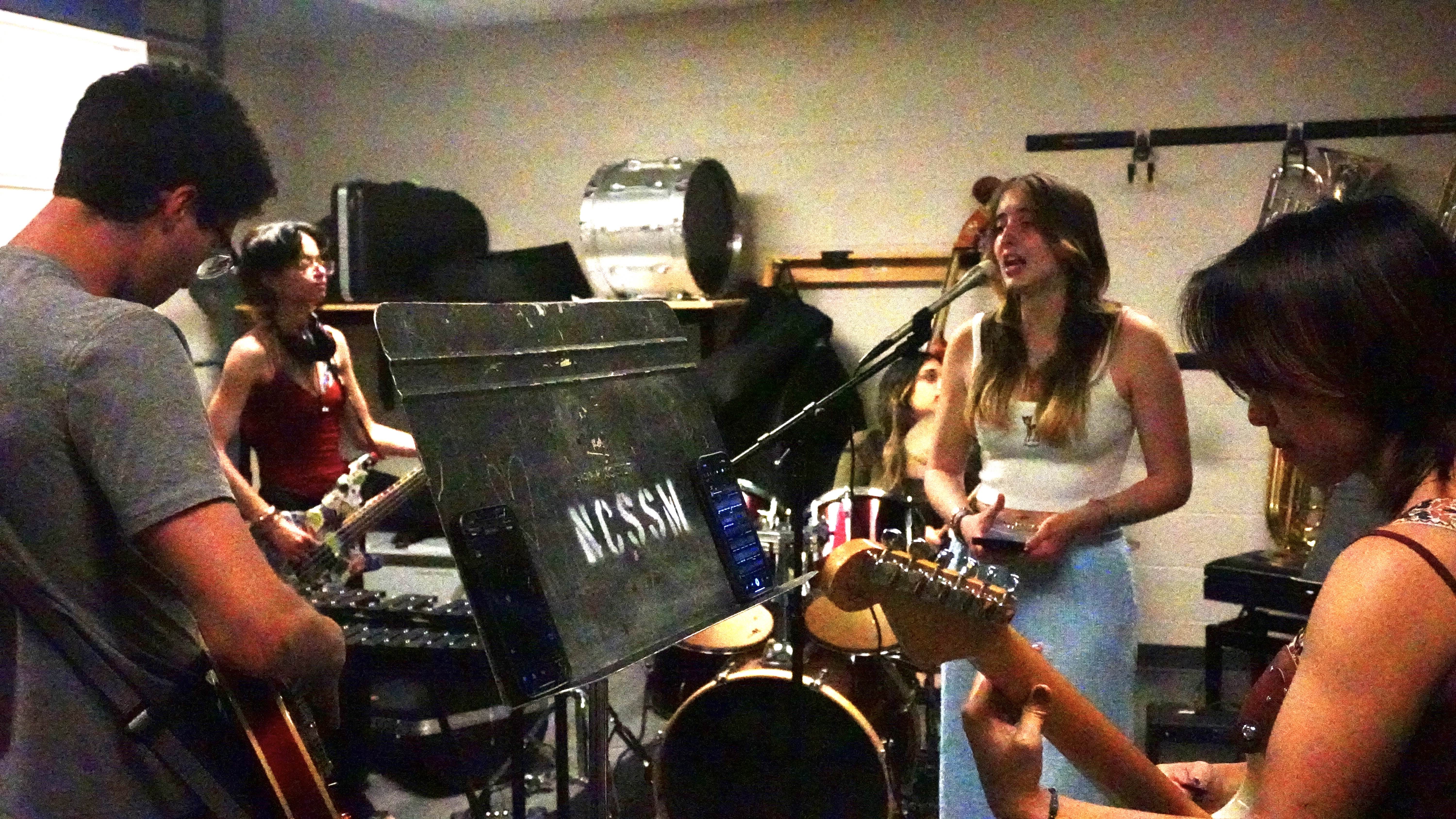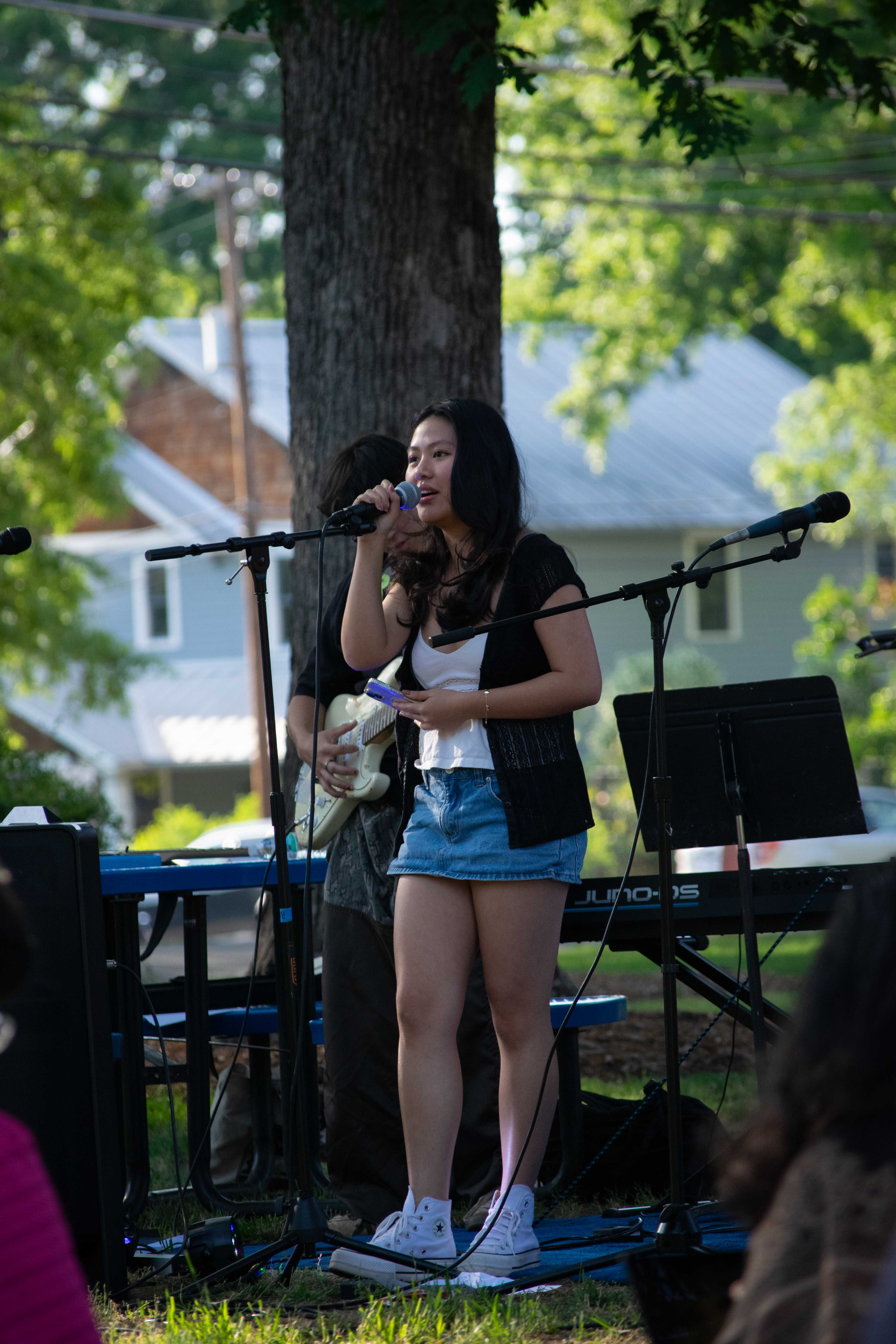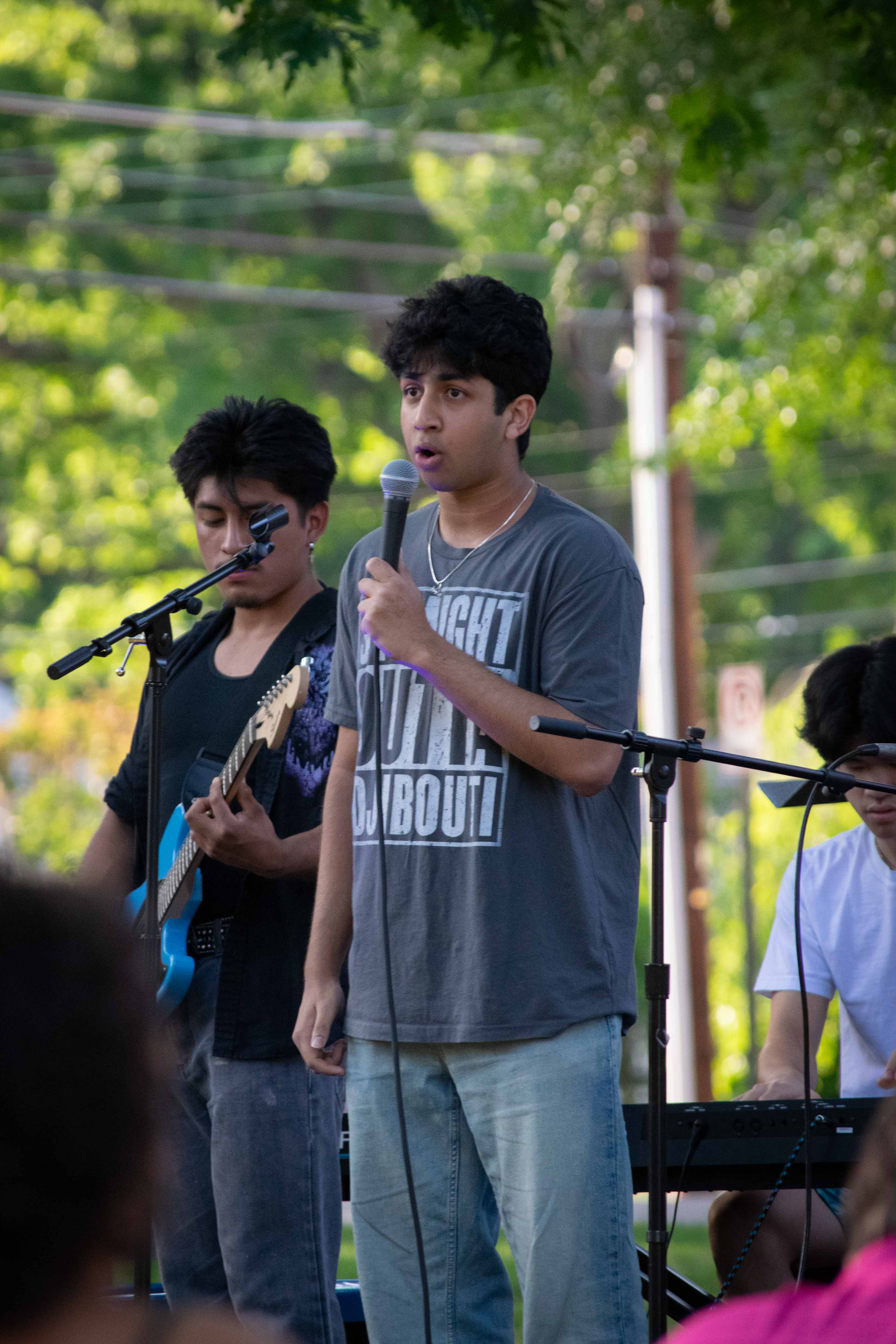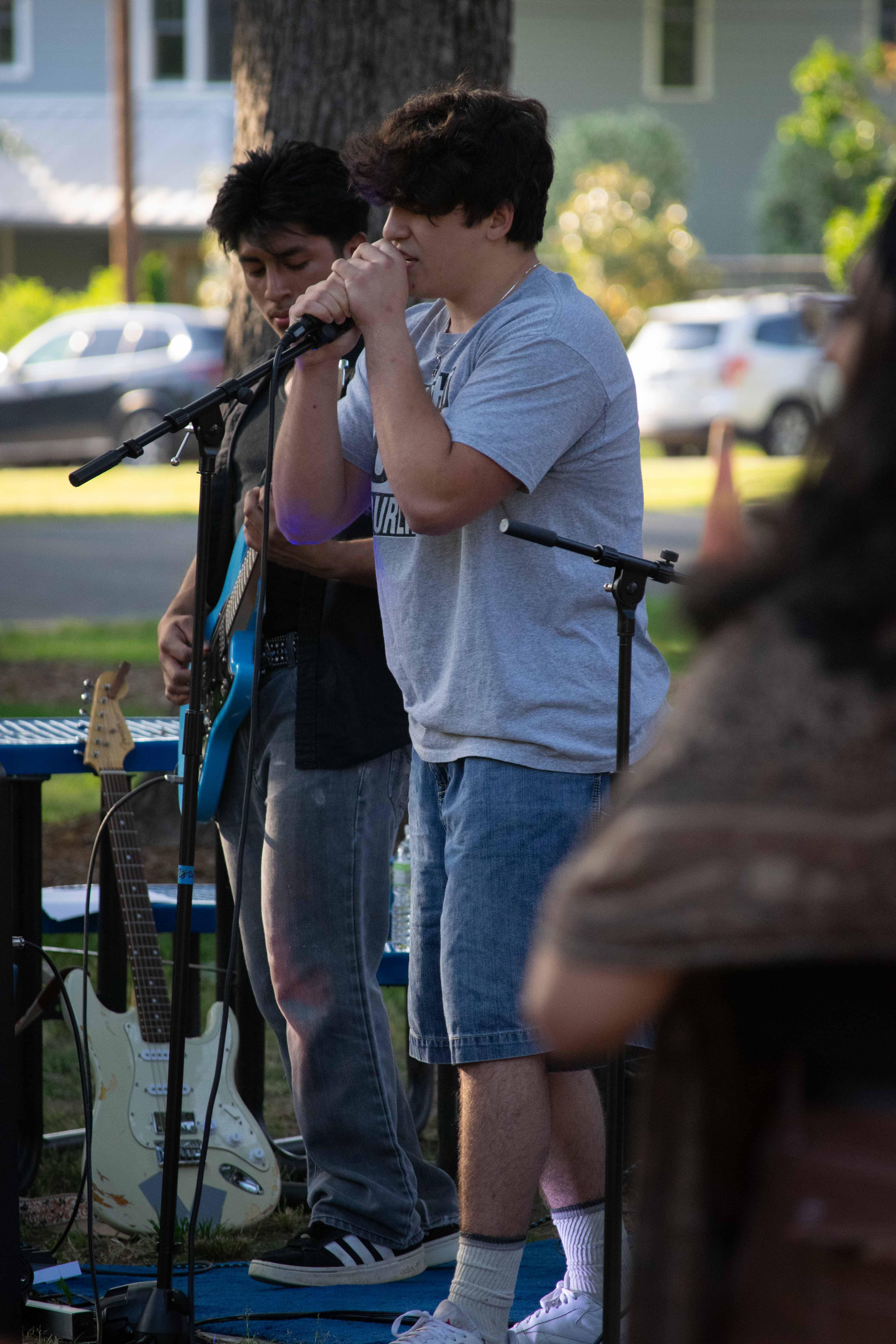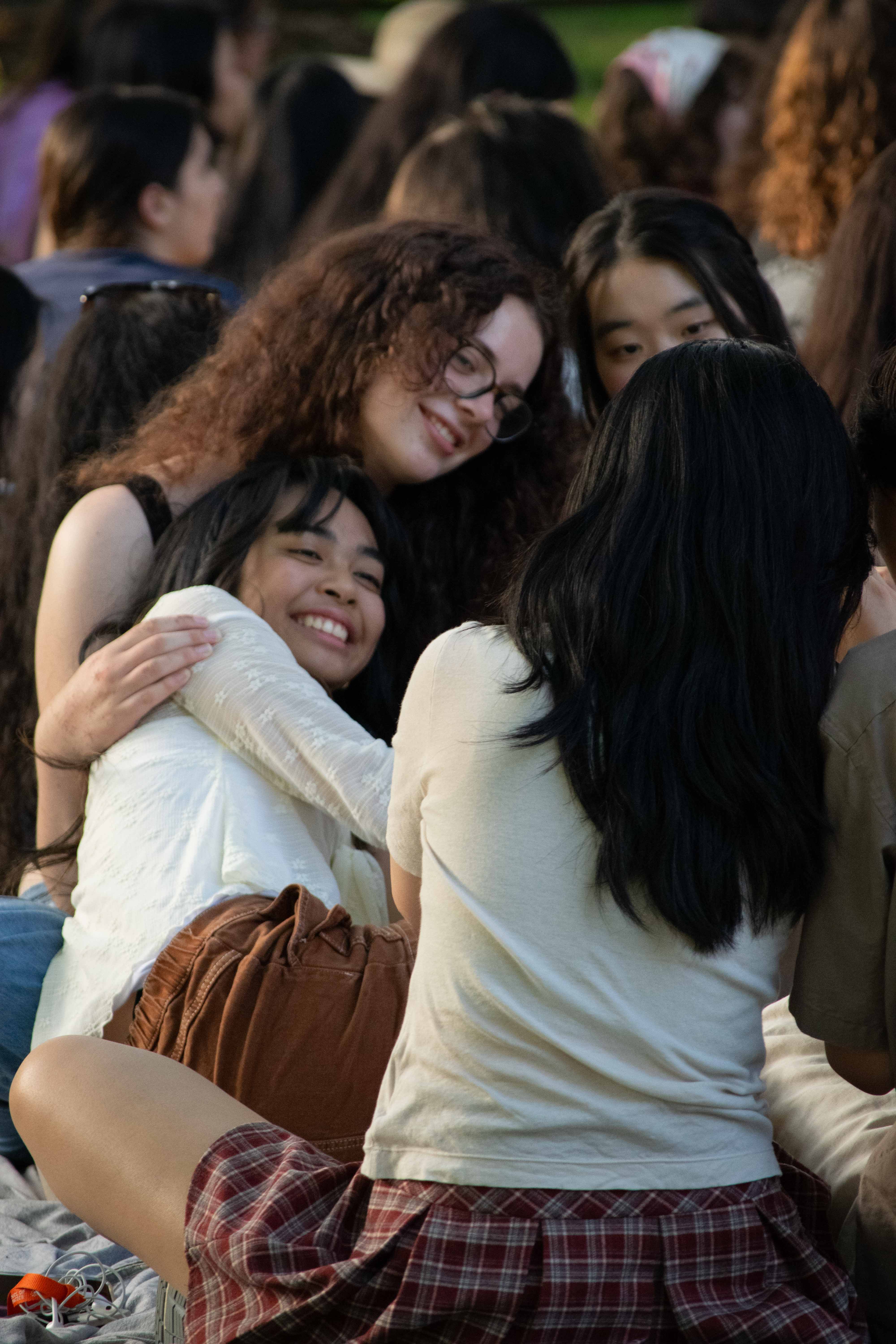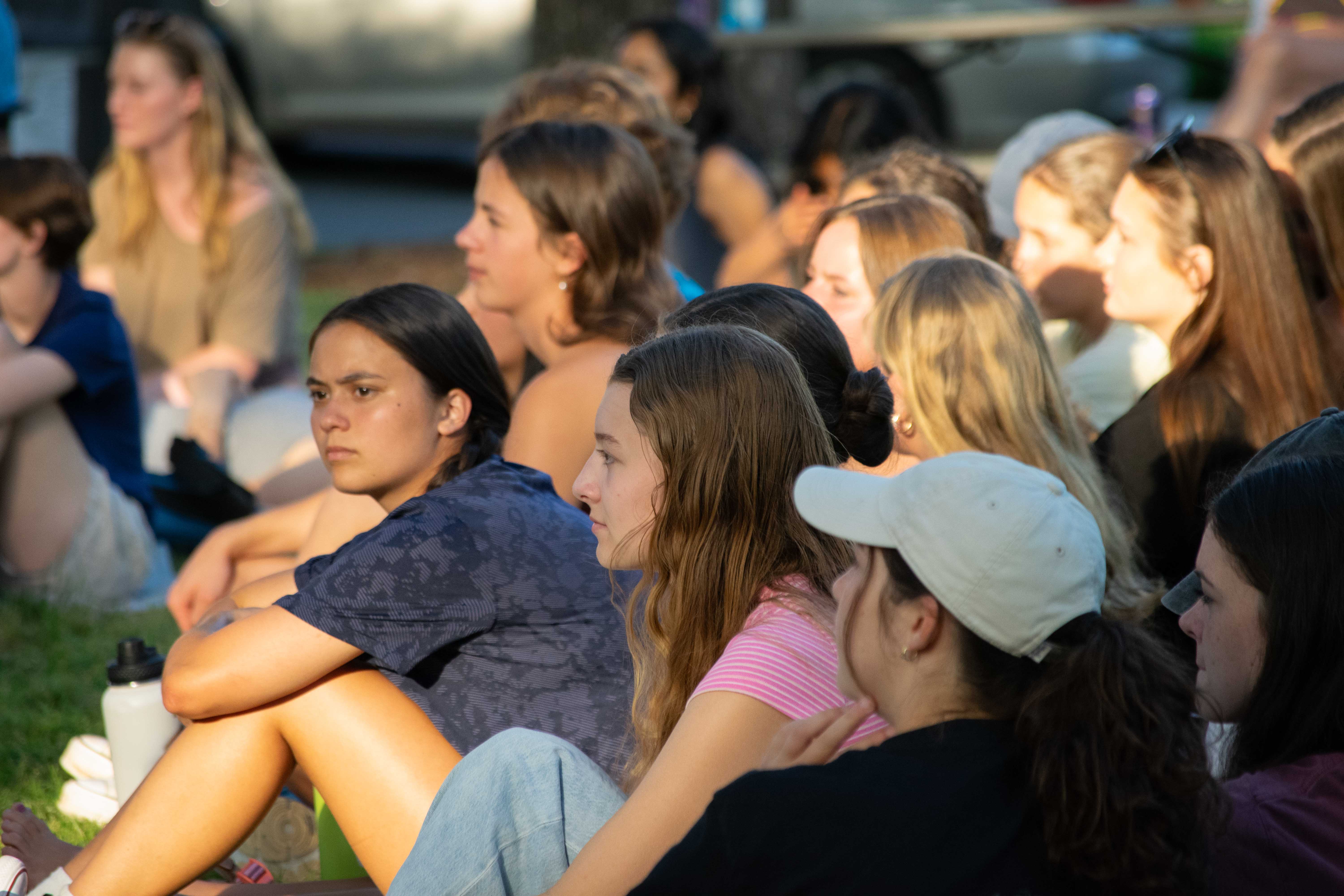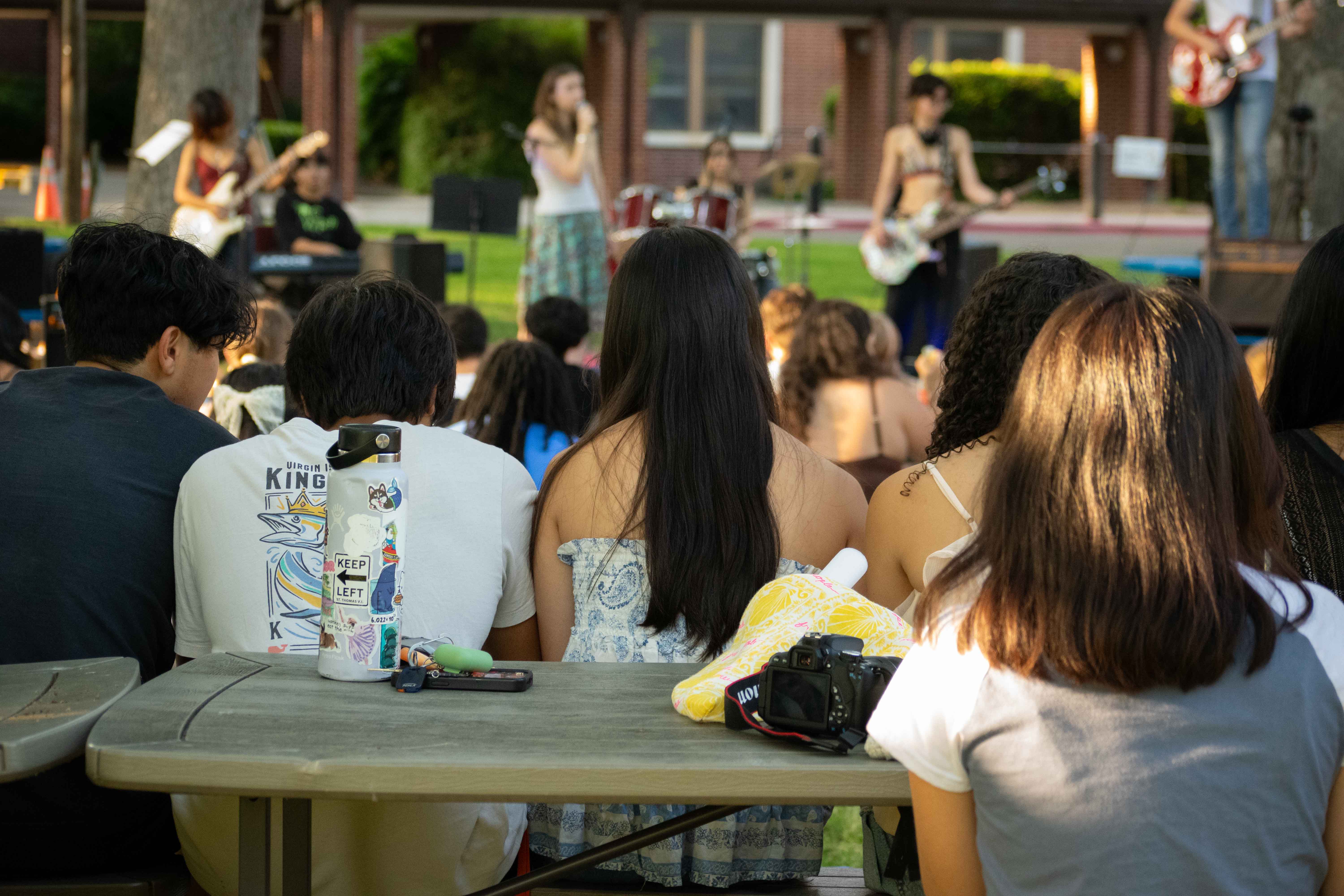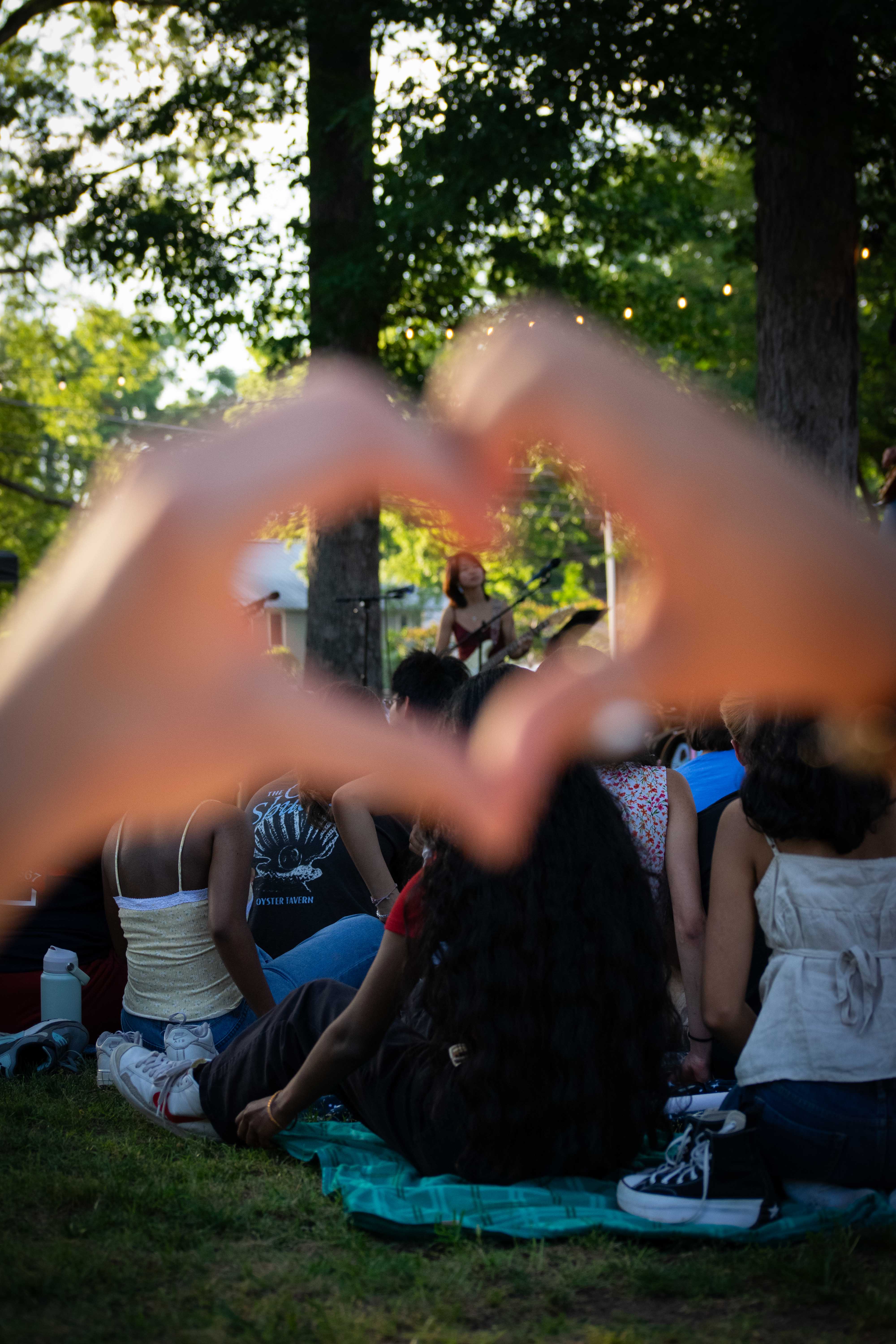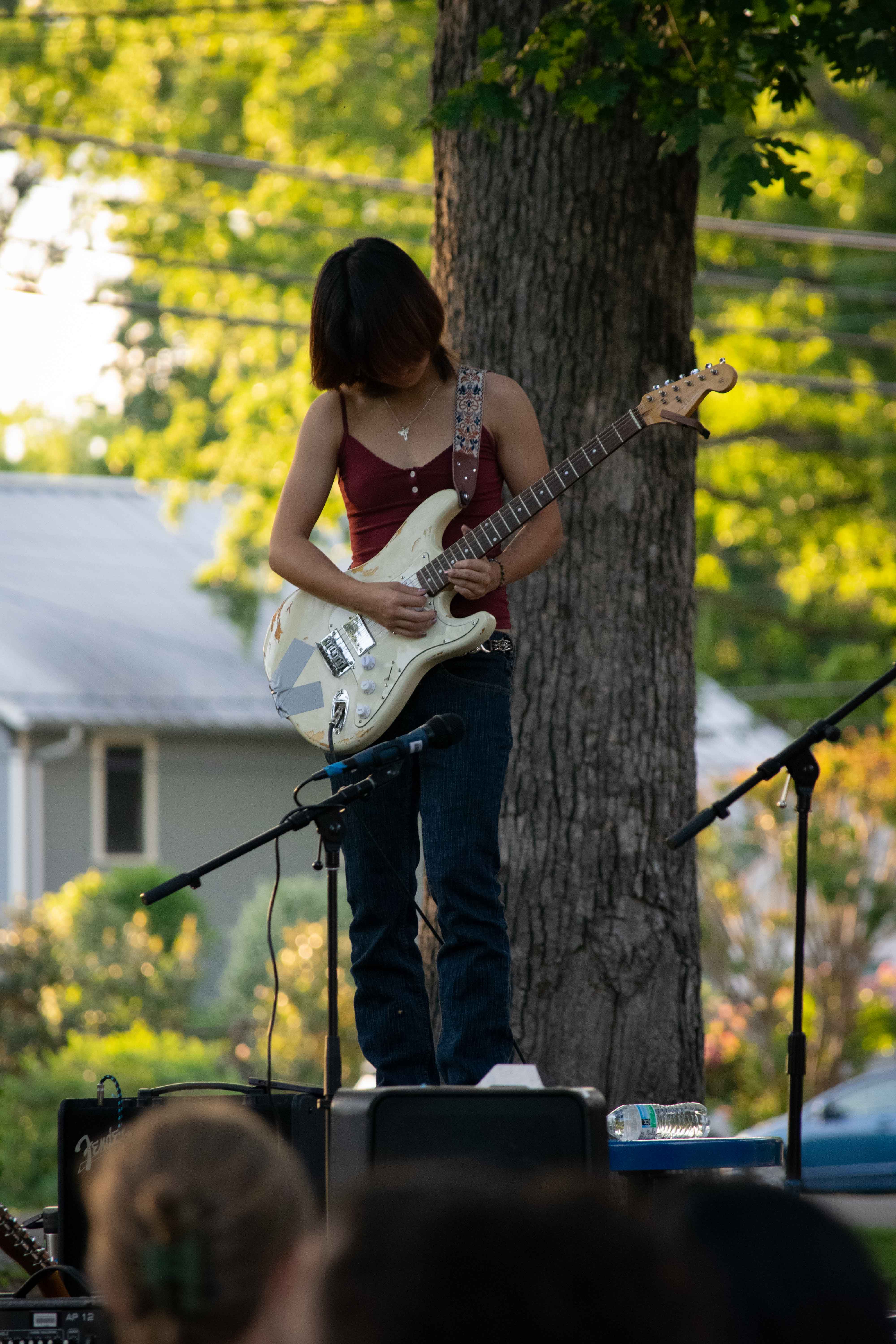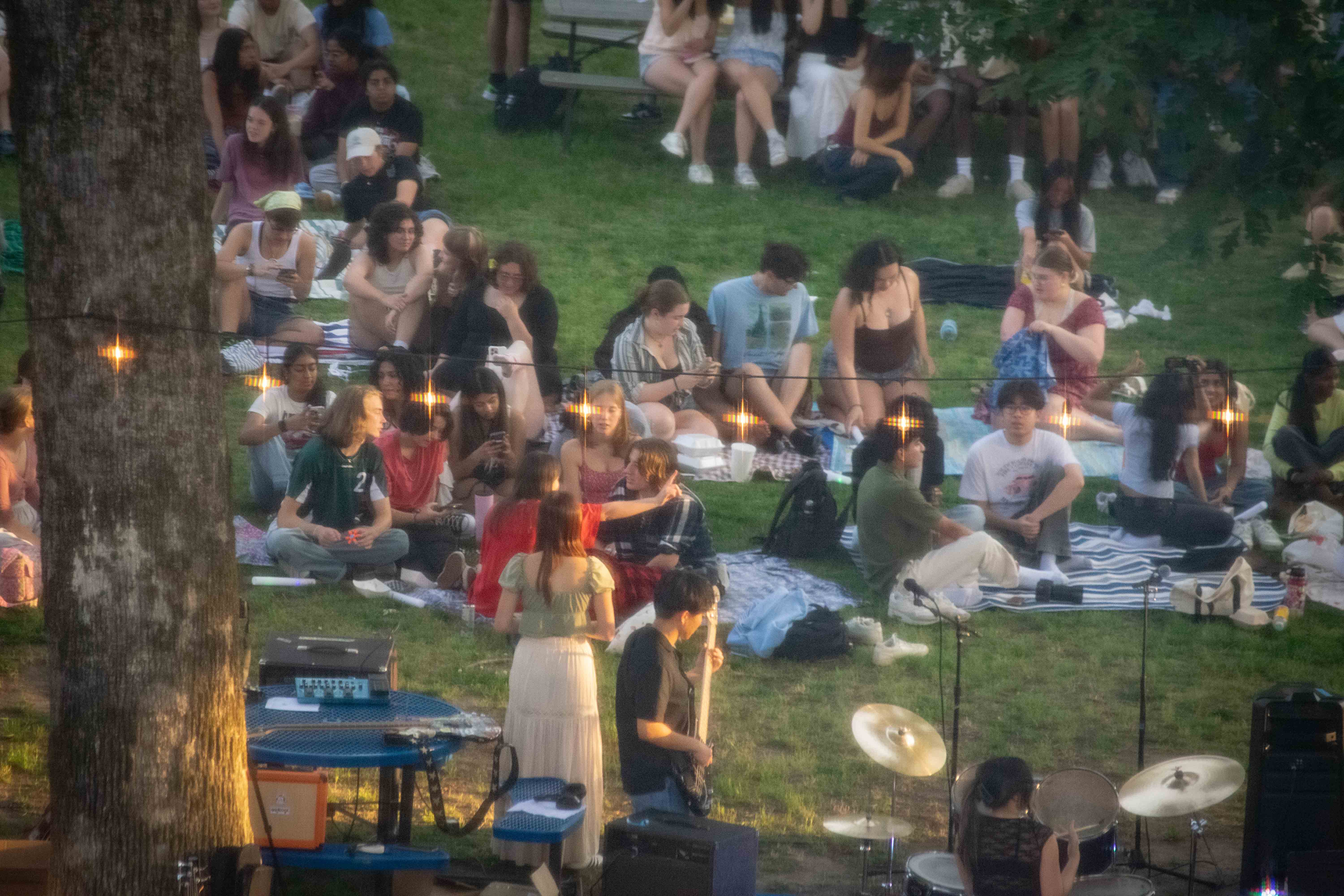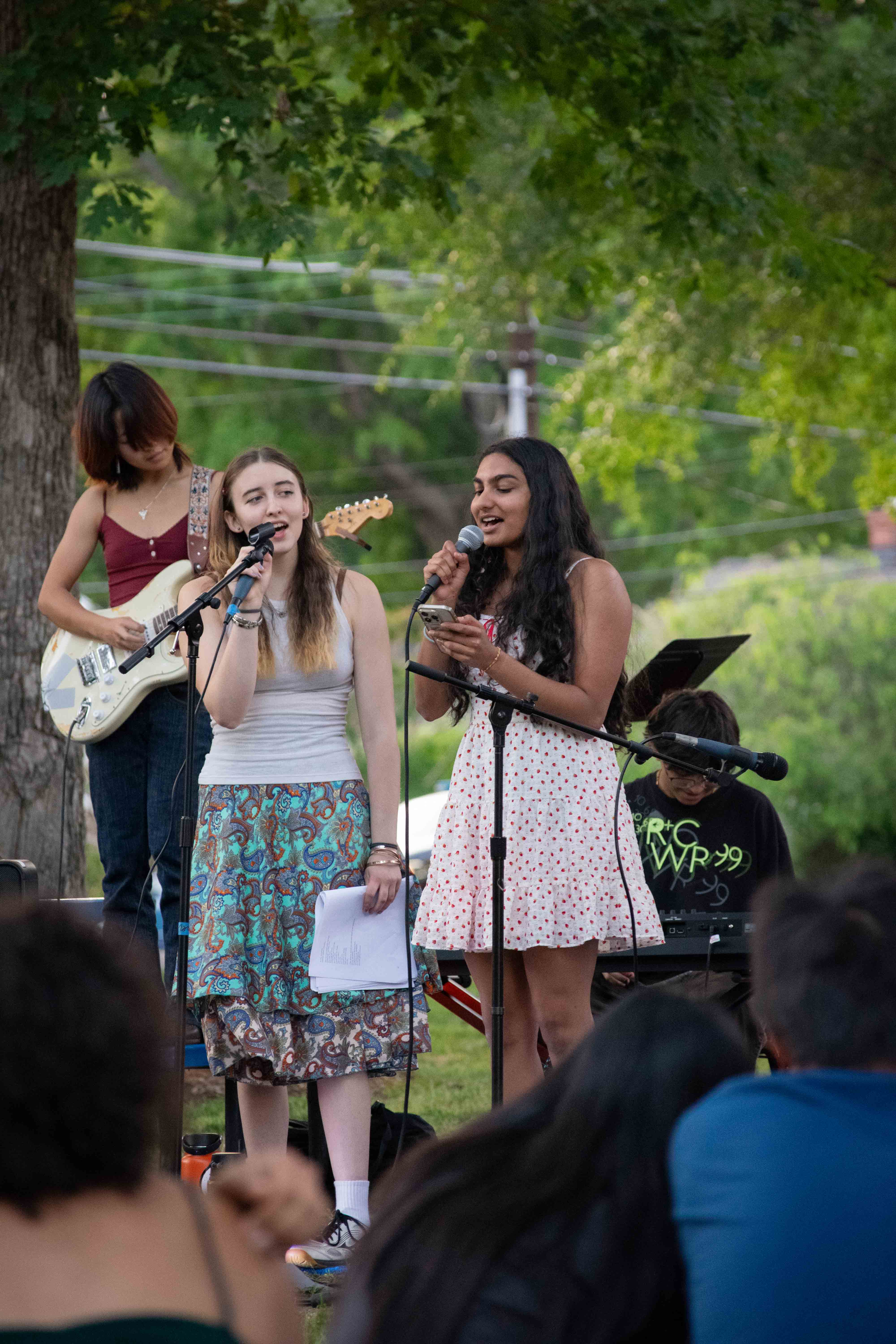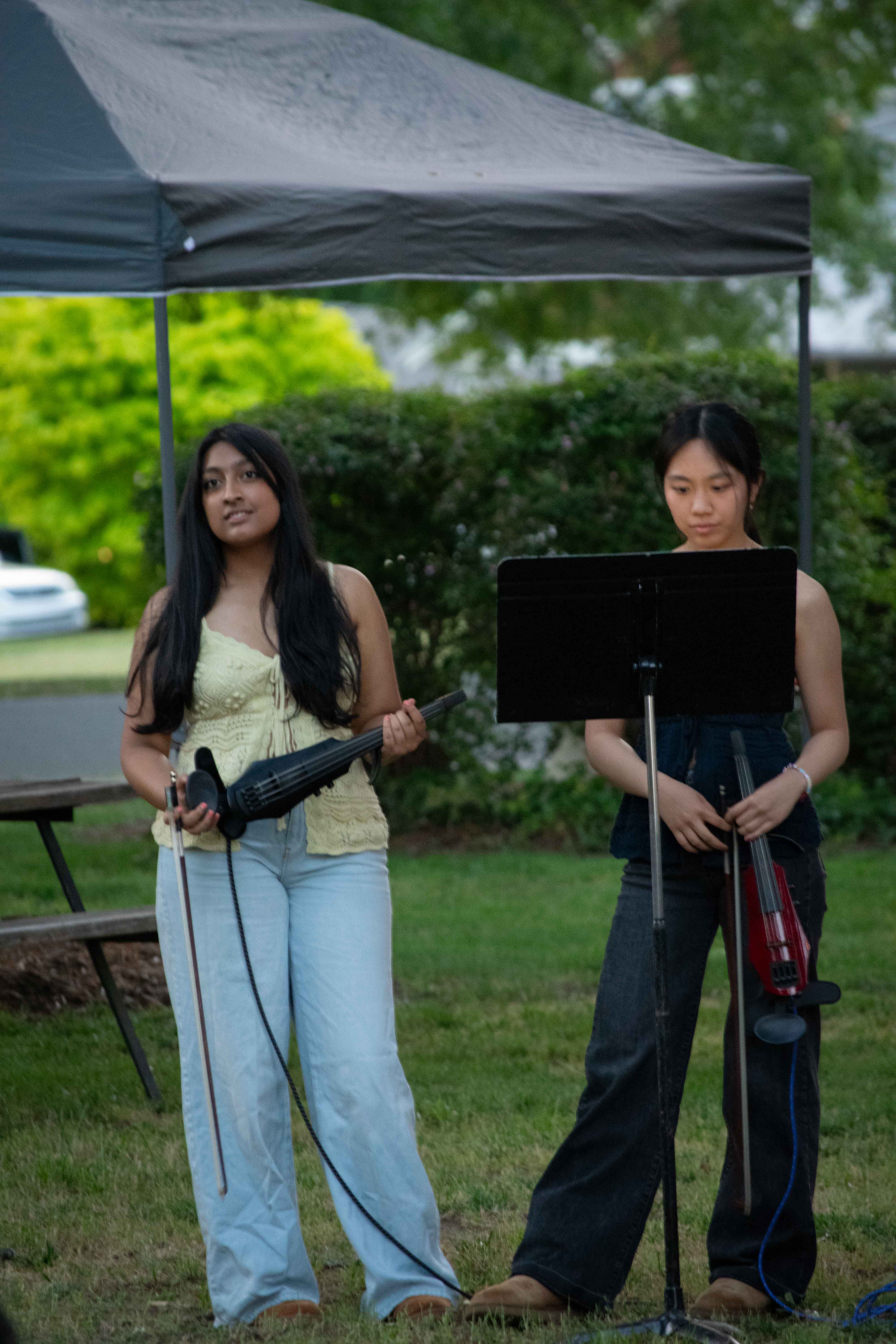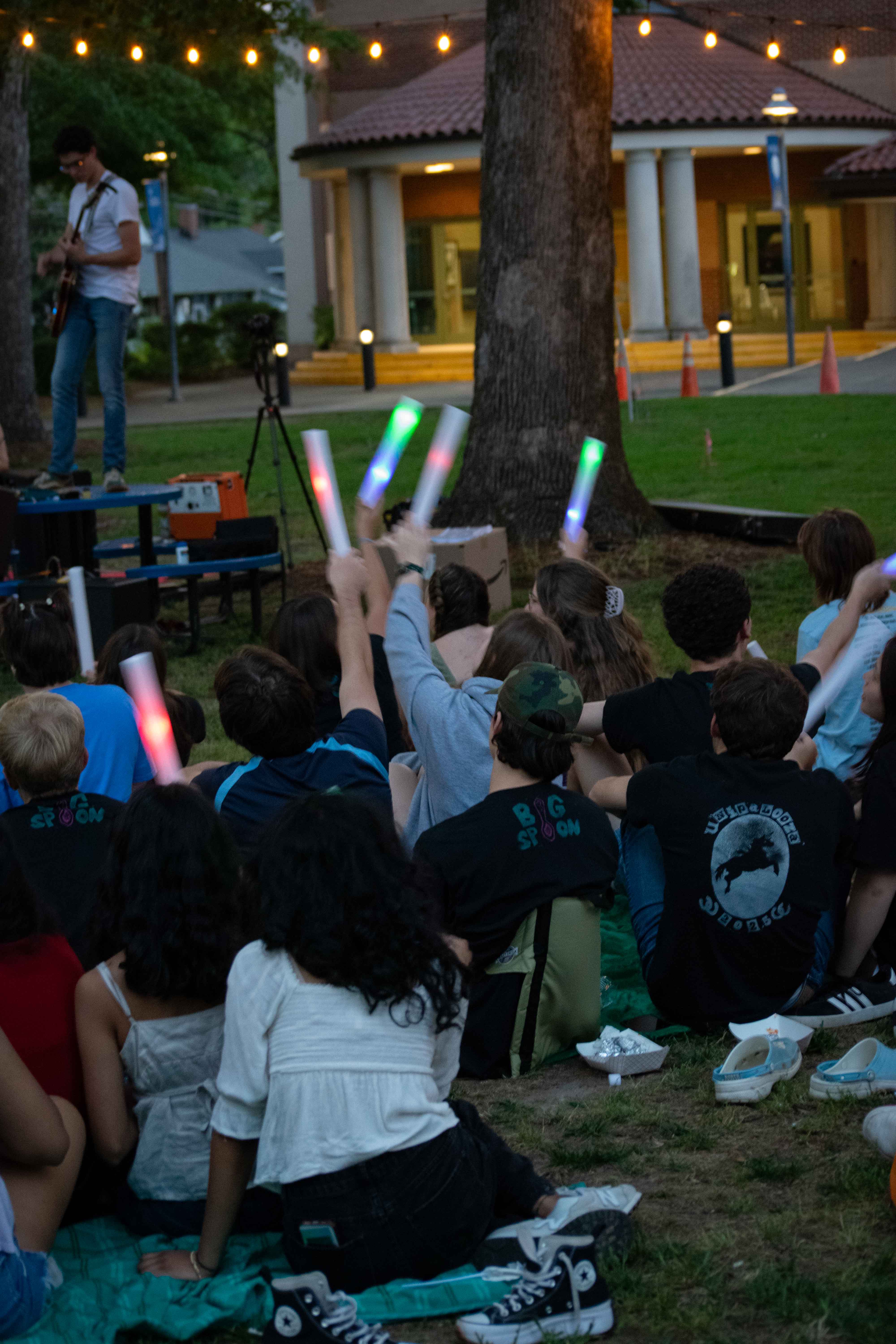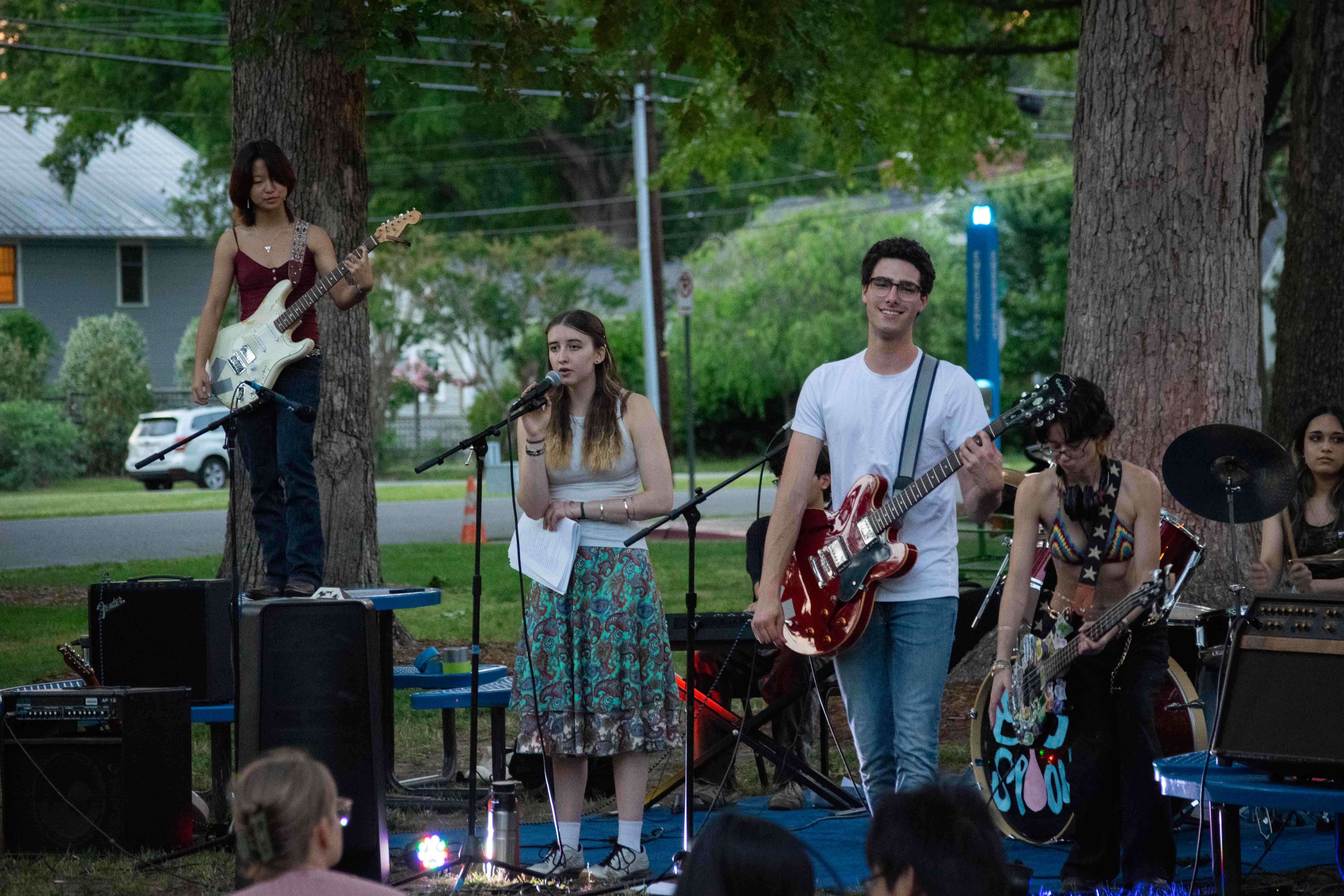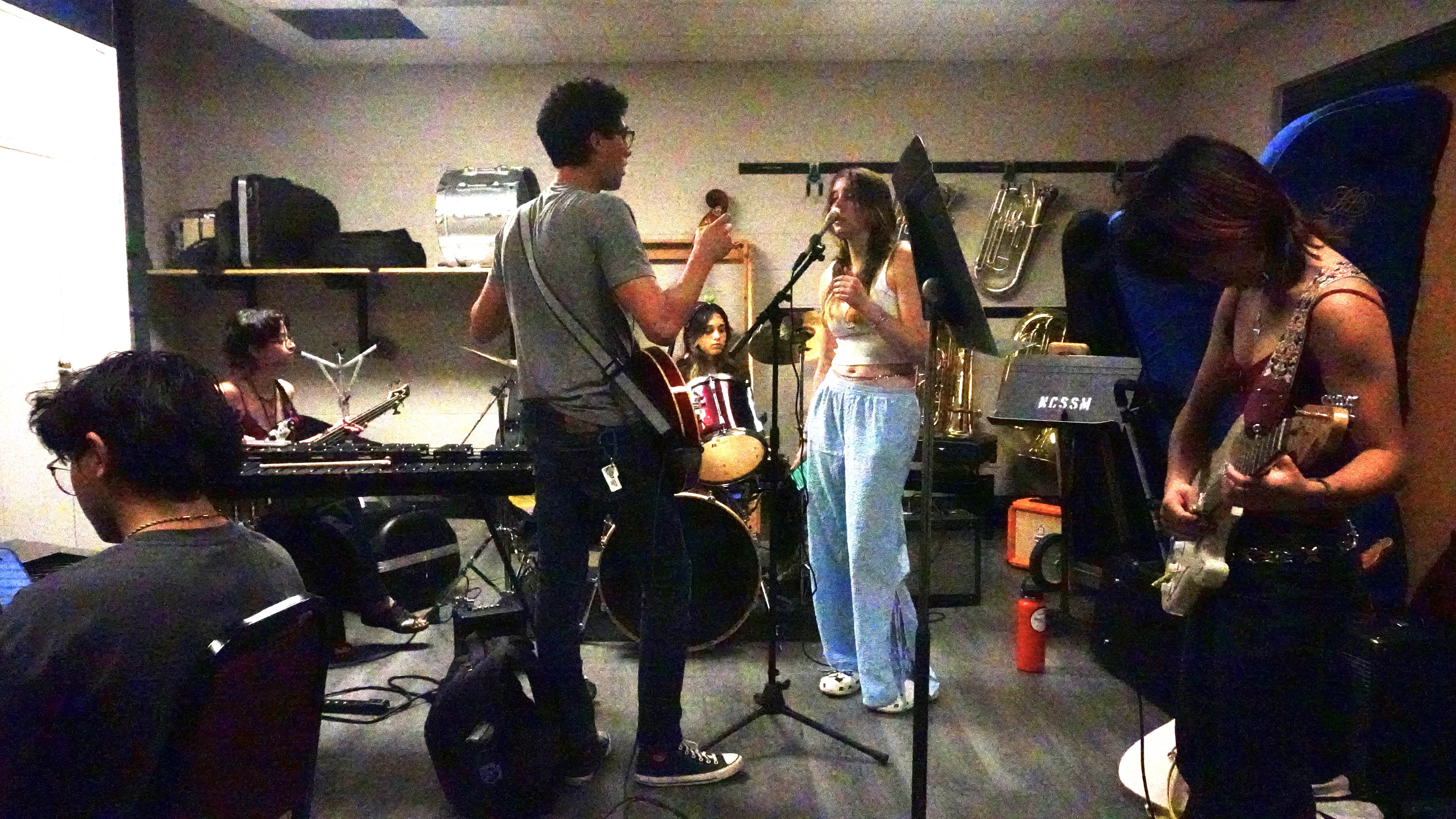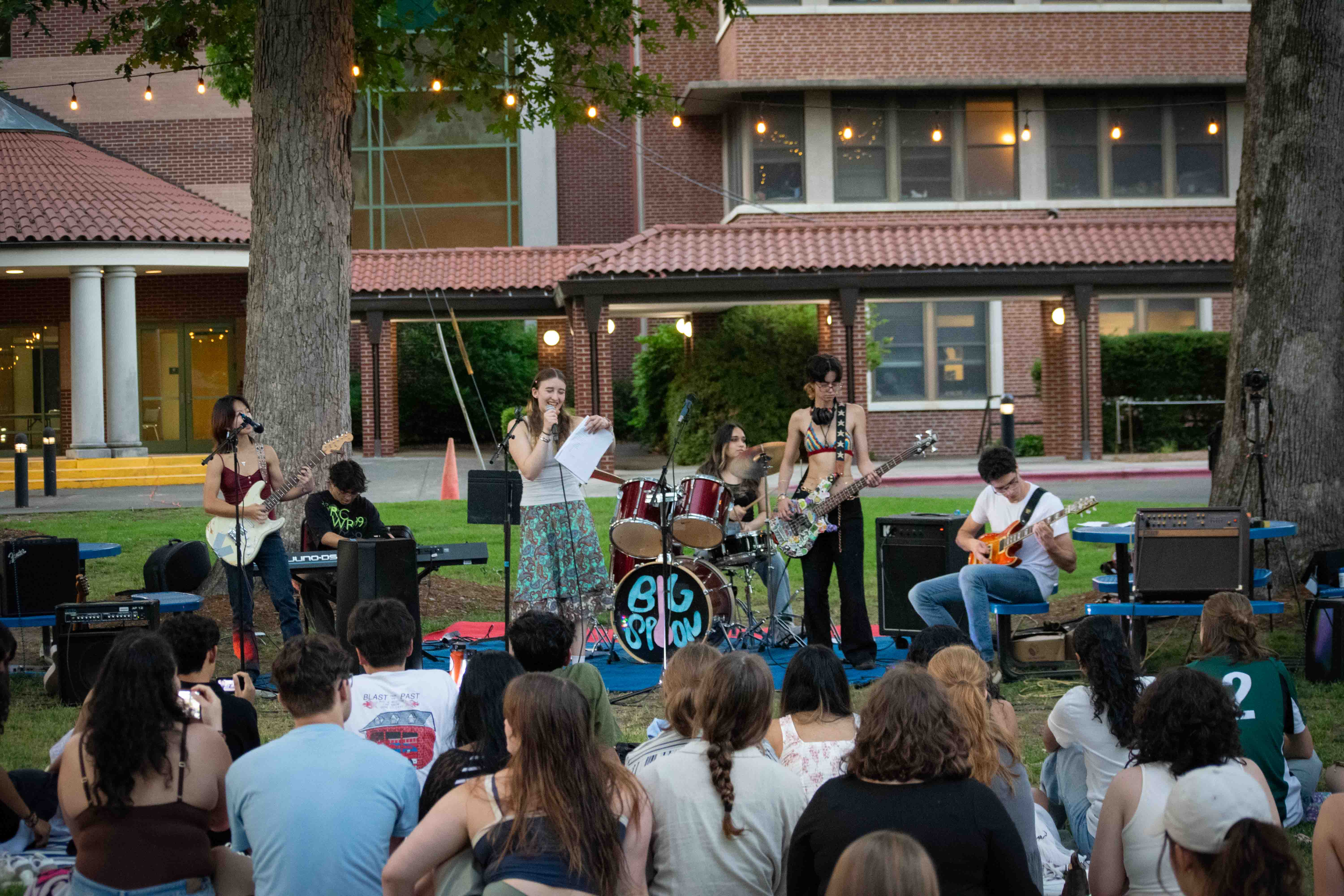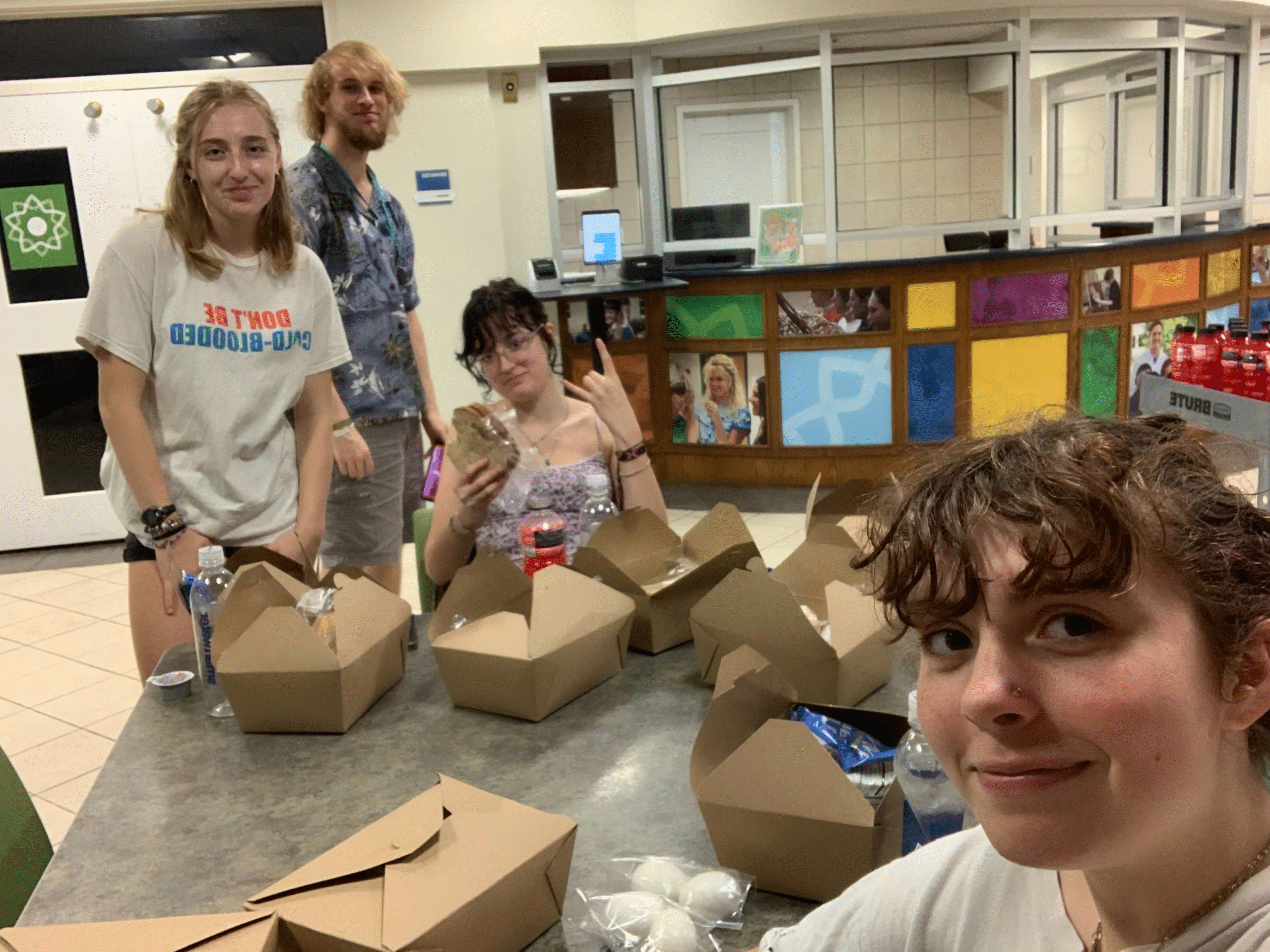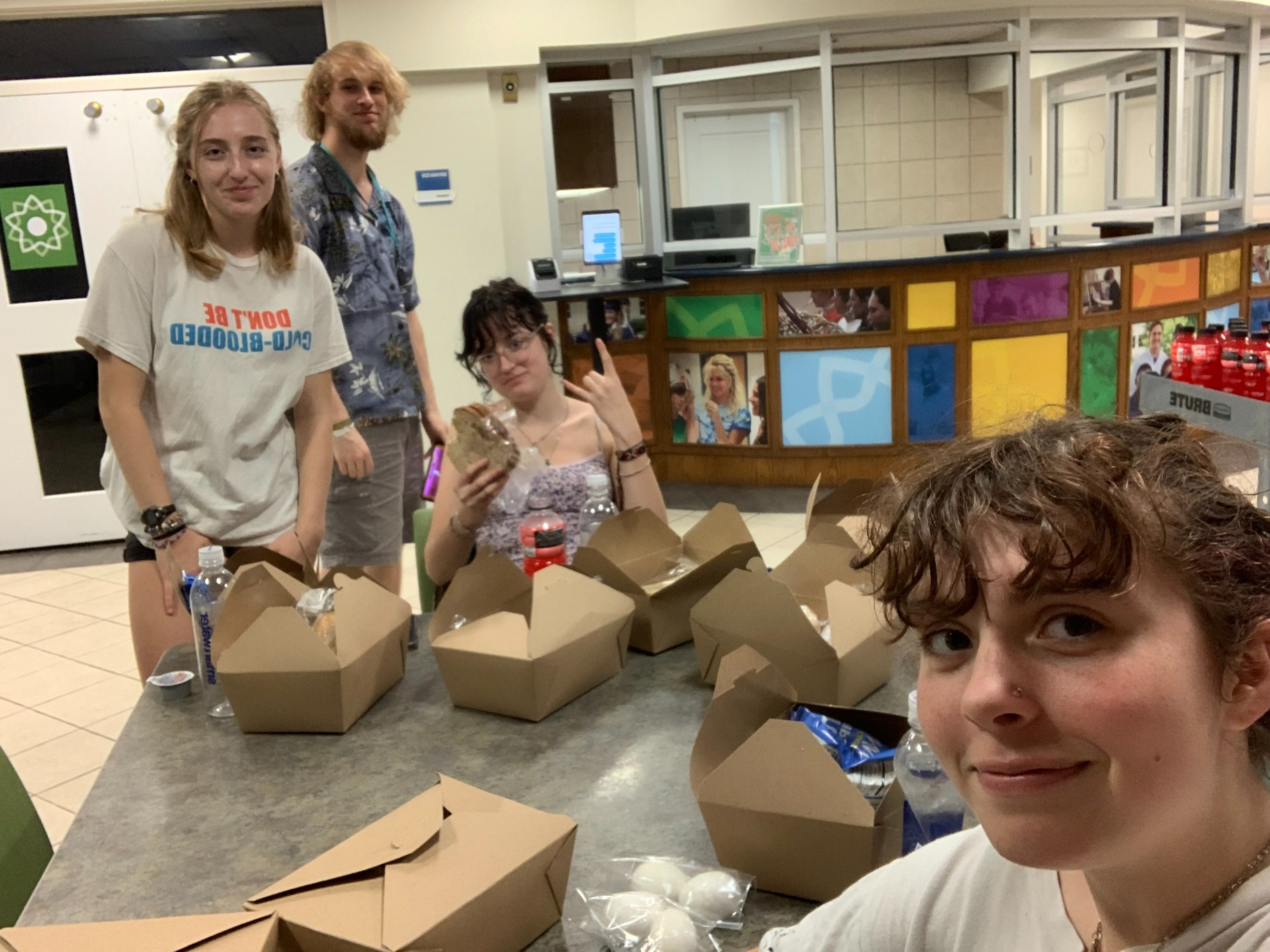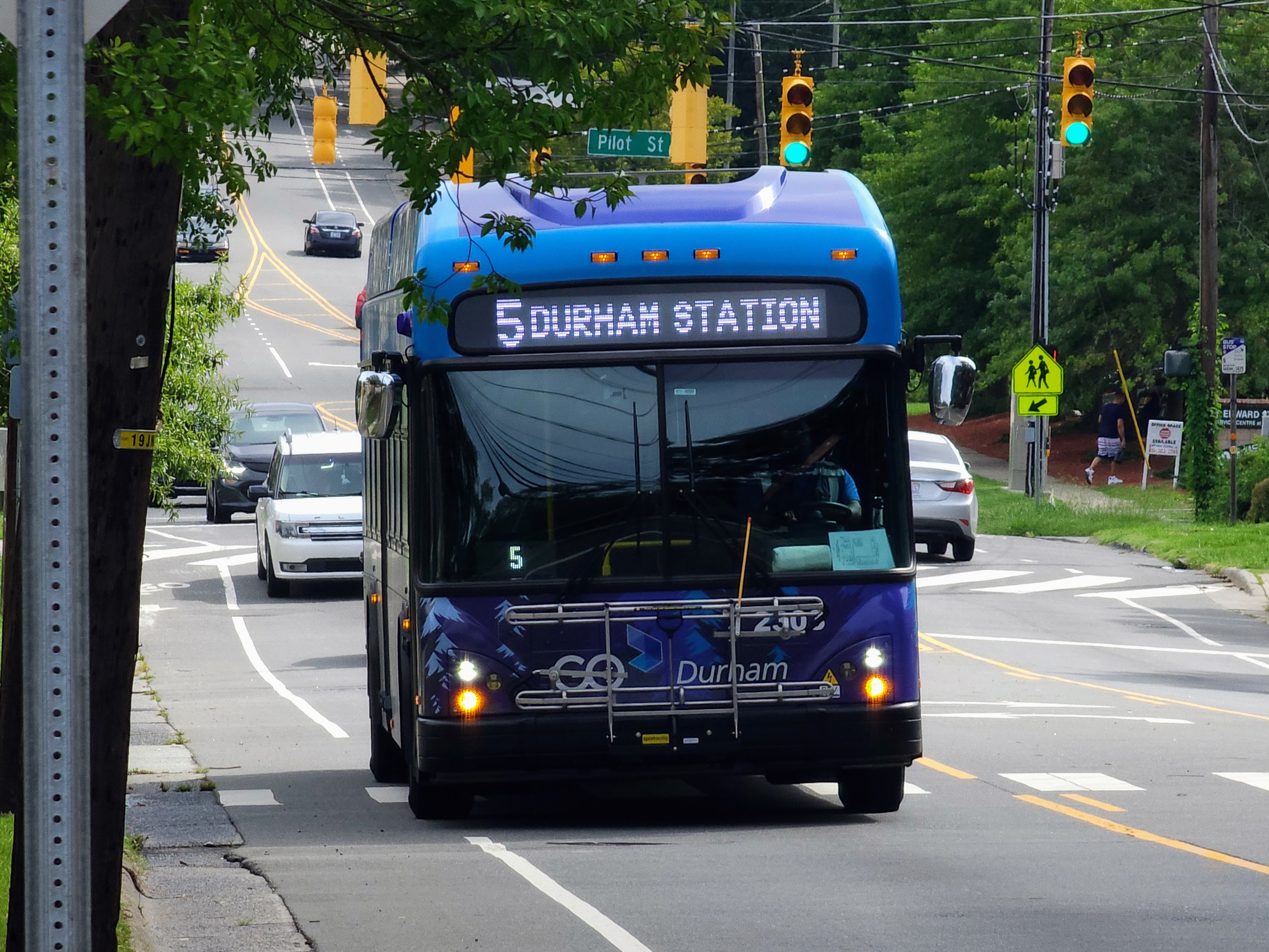
By Mabel Kennedy, Stentorian Staff Writer
As I walk around the perimeter of the school, a crisp but pleasant chill in the air, my friend and I pass by the long, dizzying row of white school vans. I began to wonder why there is a need for such an excess, it seemed unnecessary.
Perhaps it is just a result of overanalysis; however, paired with the circulating beliefs I’ve heard, it reinforces my curiosity. Statements like downtown seem dangerous, and there is a shared sentiment about the Durham buses being thrown around like they hold no weight. Are the plethora of school vans there for the sole purpose of being the ones transporting the students? If so, that would only further these beliefs that the outside world of Durham, Raleigh, and Chapel Hill is dangerous.
I then began to wonder why the topics of the public buses as rough or unsafe were viewed as the truth. Was it the fact that locals make use of them too? That it’s not full of other peers from the same sheltered bubble that this school can turn into? Or is it the fact that the majority of people that you will find riding the bus are black? These are questions I cannot answer and probably don’t have a definite answer to; however, the subject of the school being a sheltered place is definitely one of interest.
The reality is that many of the residential students here rarely leave the school grounds, or if they do, it’s to the comfortable stretch of 9th Street. This could be the result of the burdensome workload, but it can cause a limited worldview and create a bubble around NCSSM. Although downtown may not be a walkable distance for some, the free buses are available and easy to use, and downtown has been nothing but hospitable in all the months I’ve been here.
Now, my experience has not been everyone’s, however, I’d still argue that both downtown and the buses are safe and something that should be taken advantage of more often before we have to start paying for bus passes.
